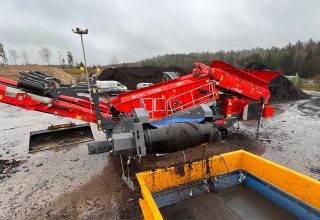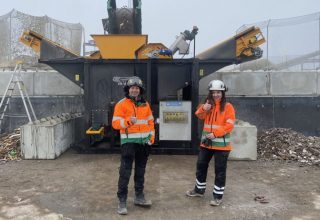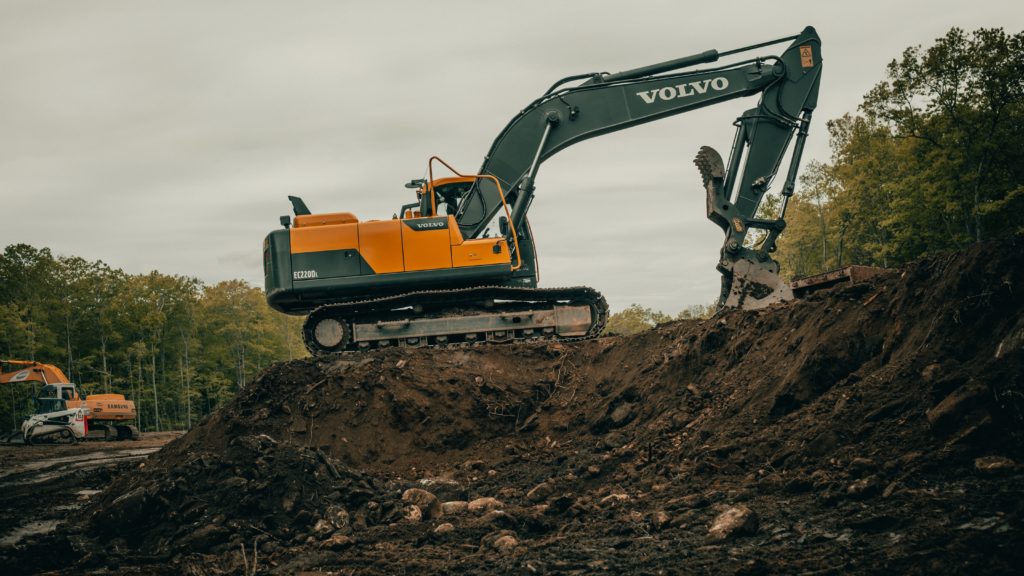Geotechnical evaluation of excavated soils for sustainable reuse
The responsible management of excavated soil requires the establishment of site-specific guidance values depending on the land use. By creating effective sampling plans and managing the masses responsibly, recyclable materials can be identified and the necessary measures implemented. Proper management of excavated materials also means safe disposal of those materials that cannot be reused.
Tools and methods for the analysis of excavated materials
A variety of tools and methods are used to carry out an accurate analysis of excavated soil:
- Laboratory tests: These are essential to determine the physical and chemical properties of the excavated material.
- Environmental analysis: Important to detect and quantify contaminants within the excavated material.
- Geotechnical software: Used to model the behavior of masses under different loading conditions.
- Field tests: Standard penetration test (SPT) and plate load tests assess the bearing capacity of the soil.
- Classification systems: These systems categorize masses based on their geotechnical properties.
- Life Cycle Assessment (LCA) and risk assessments: Important to evaluate environmental impacts and potential risks.
These methods are combined to assess the excavated material and its suitability for reuse. Norditek has extensive experience in dealing with various contaminants in excavated material and can quickly start production with the right type of Screening plants and other problem solvers such as a windshifter or a washing equipment, which may be required to get the right solution.
Regulatory compliance and sustainable development
Compliance with laws and regulations is necessary to ensure that processing operations contribute to sustainable development. Therefore, continuous dialog with authorities, environmental agencies and consultants is critical. By engaging all parties, we ensure that our processes are both environmentally friendly and economically sustainable.
The importance of thorough preparatory work
To achieve the best material quality, thorough preparation is essential. This approach is not only beneficial from a technical point of view, but it is also economically and environmentally sustainable. By applying these methods, we contribute to a more sustainable future in the construction sector.
For further information on proper analysis and classification of excavated soil, please do not hesitate to contact us.




